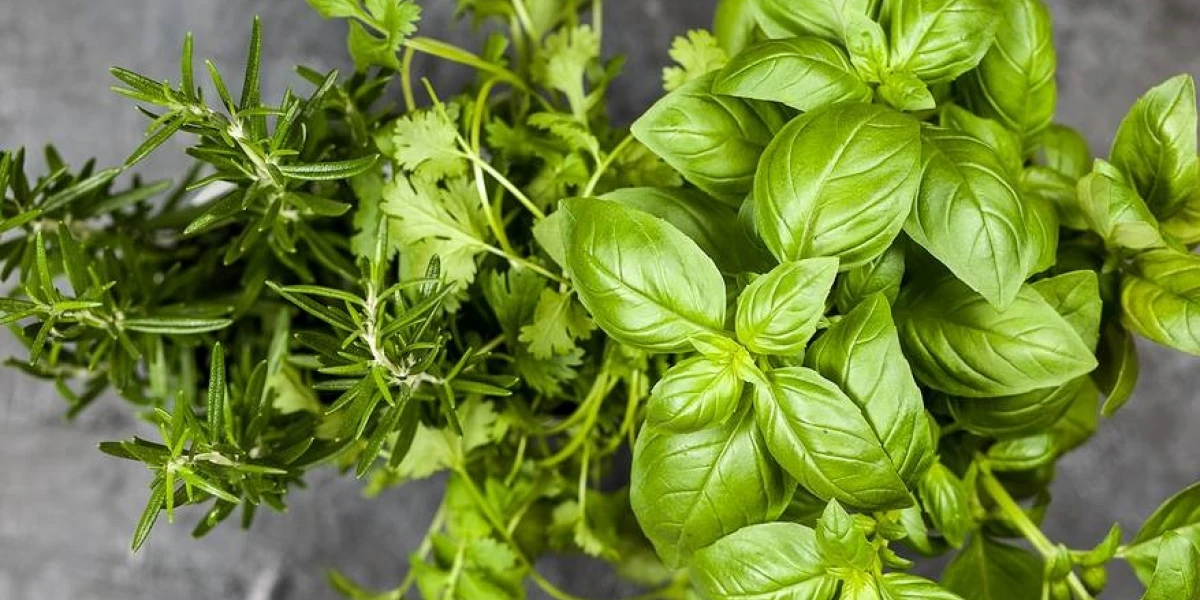Many kitchen herbs can be grown indoors. In winter months those that will not grow in the cold outside can be grown inside given the right conditions, meaning you can continue using them in your cooking.
General Tips
Supermarket herb plants are grown in tight groups and in media that is lacking in nutrients, so these are not best suited to growing for long indoors. But they can be encouraged to last longer, read here. It is best to buy herb seedlings to pot up and on grow or to grow the herbs from seed.
Herbs should be potted into a quality potting mix such as Gro-Sure Houseplant Potting Mix so that they have the nutrients they need, and the media has good drainage.
Indoors you should get growth throughout the year, but even though indoor the temperature will not drop too low in winter, the short day length will mean herbs are in a resting phase and you will get less abundant growth.
Take care not to over-water your herbs and make sure they are not sitting in a puddle of water. The Gro-Sure Watering Indicators are a great way to make sure you neither under or over-water your plants.
Most herbs will benefit from regular clipping as this will promote bushy new fresh growth, so even if you are not cooking with the herb, clip off any straggly stems. These clippings can be dried and stored for cooking use at a later date.
Tips for Specific Herbs
- Basil likes lots of sun and warmth so place it in a bright north facing widow away from draughts.
- Bay will prefer an east or west facing window on its own as it needs air circulation and not too much direct sunlight to be healthy.
- Chives need 4-6 hours of sunlight a day and they can survive temperatures between 13-24°C. Water a little regularly but only when soil surface feels dry or the Watering Indicator is fully red. Mist the leaves regularly as the tips will turn yellow if the plant is too dry.
- Oregano likes 6-8 hours of sunlight a day and prefers temperatures of between 13-24°C. Water a little regularly but only when soil surface feels dry or the Watering Indicator is fully red; about once a week. Trim frequently to produce a bushy compact plant with healthier foliage.
- Parsley needs at least 6 hours of sunlight a day and temperatures between 13-24°C. Water a little regularly but only when soil surface feels dry or the Watering Indicator is fully red. Only harvest once the plant is well established.
- Rosemary likes at least 6 hours of sunlight a day and prefers temperatures between 7-21°C. Rosemary likes to dry out occasionally, so water infrequently but thoroughly. Do not harvest more than 1/3 of the plant at one time and allow it to grow to about 15 cm before harvesting.
- Sage can tolerate dry, indoor air, but needs good sunlight, so place in a north facing window.
- Tarragon needs a dormant period in late autumn/early winter to grow indoors. Pot a mature plant from your outdoor garden and leave it outside until the leaves die back. Bring it to your coolest indoor spot for a few days, then place it in a north-facing window.
- Thyme prefers at least 6 hours of sunlight a day and will withstand temperature fluctuations of 10-24°C. Water a little regularly but only when soil surface feels dry or the Watering Indicator is fully red. Once established, thyme is drought tolerant. Harvest as needed but leave at least 7 cm stems to continue growing.
Find all of Kiwicare Gro-Sure products to help keep your indoor herbs growing.
David Brittain
Kiwicare
